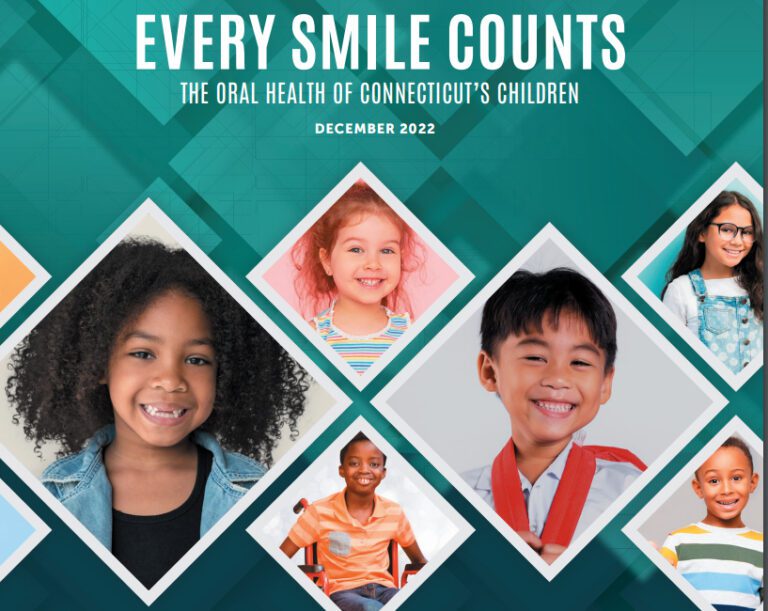National Children’s Dental Health Month ended in February, but focusing on children’s oral health should remain a priority throughout the year. Many of Connecticut’s children suffer from poor oral health, and the state is falling short of its goals to meet national and state oral health improvement plans.
Oral health concerns are even more prevalent and severe among racial and ethnic minorities and lower-income households.
Recent data presented in the Connecticut Department of Public Health report, Every Smile Counts: Children of Connecticut Oral Health, with the help of the Connecticut Oral Health Initiative, Inc., highlights many of the areas where Connecticut is failing. However, it also outlines opportunities and a pathway for significant improvement that can be achieved through a partnership of providers, carers and policy makers.
One in three (34%) children, according to the report, are currently affected by dental caries, which is the most common chronic infectious disease in children, even though it is almost entirely preventable. The high rate of dental caries and tooth decay in Connecticut children is likely to result in many suffering excruciating pain and may negatively impact long-term oral health into adulthood. Dental caries, however, does not stop only in the mouth. An infection that starts in the mouth can affect other chronic diseases and has even led to death, as happened to 12-year-old Deamonte Driver, of Maryland, who died in 2007 as a result of an untreated dental infection.
Poor oral health has been shown to reduce children’s social, nutritional and educational development. Children with infected and painful teeth miss more school days than children with healthy teeth, disrupting their educational and social experiences and increasing costs for school districts. There is also a cost to children’s mental health which can lead to withdrawal, unhappiness, feelings of worthlessness, avoidance of smiling and reduced friendliness.
Connecticut has an opportunity to make significant improvements by implementing targeted policies for populations that disproportionately experience dental caries. It begins with a recommendation from the American Dental Association, the American Academy of Pediatric Dentistry, and the Connecticut Department of Public Health (CT DPH) that all families establish a Dental Home within six months of the eruption of the first tooth and no later. aged over 12 months. The purpose of early dental visits is to conduct a caries risk assessment and provide parent education on early childhood caries prevention. Every family needs to build that relationship with their dentist as they currently do with a child’s pediatrician.
Additionally, Connecticut needs to develop a better and more aggressive dental sealant program. Sealants are plastic coatings placed on top of teeth to help prevent tooth decay. They are relatively easy to implement, inexpensive and usually covered by insurance. The report showed that only 28% of third-graders have sealants, which has declined over the past ten years, while disparities based on race and ethnicity have grown.
Other public health strategies should be pursued that include increasing oral health literacy and educating parents and caregivers to ensure that good oral hygiene begins at home, further integrating oral health with medical health to create a two-way cooperation based on the current system of silencing and promoting the consumption of fluoridated water over sugary drinks. Connecticut policymakers should consider increasing community health center capacity and funding, improving access to HUSKY and private insurance programs, and providing additional resources to expand dental health services in schools.
The next Every Smile Counts exhibition will be held in five years. If Connecticut does not begin implementing the many proven methods to improve children’s oral health at a faster rate, the numbers will not only look worse, but a generation of children will continue to suffer physically, emotionally and socially from a disease that could to have been prevented.
Let’s make sure every child in Connecticut has a smile they can count on.
TJ Clarke II is its Executive Director Connecticut Oral Health Initiative, Inc.


